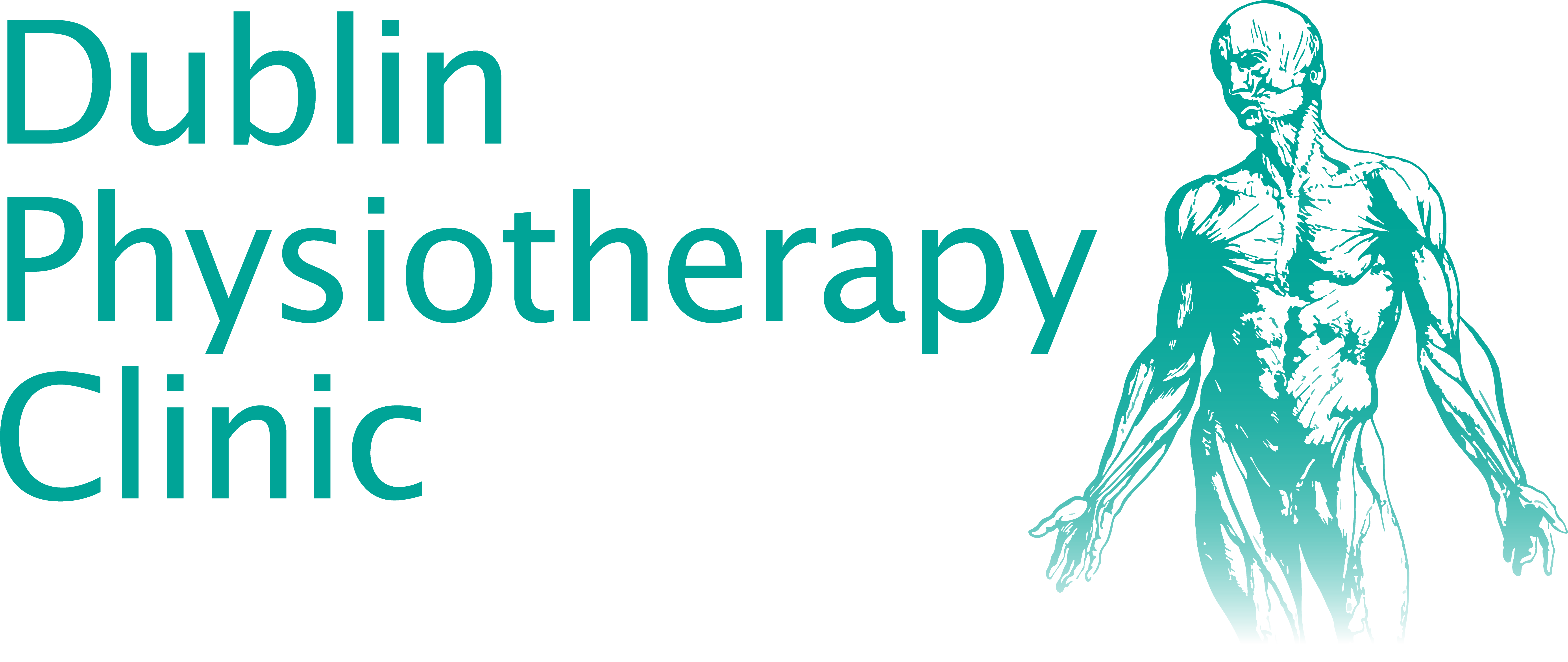Typical Features of Foot Drop
Foot drop is a term used to describe weakness or loss of power to the muscles that pull up the ankle and toes. The typical feature of a drop foot is scuffing of the foot when walking. The risk of tripping or falling increases if floor clearance isn’t achieved.


Normal Walking
Normally when walking the foot lifts to avoid hitting the ground during swing phase. When landing (contact phase) the foot contacts the ground heel first and then the forefoot as in the picture.
However, in the presence of a drop foot the walking pattern changes, the hip and knee bend up excessively during the swing phase to avoid tripping. The foot lands on the ground with the entire foot planted down all at once with a slapping sound. There is risk of going over on the ankle particularly when sensory awareness in the foot is impaired.
Walking on uneven ground eg forest paths, grass, cobbles, kerbs is more difficult due weakness and lack of ankle stability.
Causes of Foot Drop
Foot drop is usually due to a neurological disorder. It may be due to central neurological condition (brain and spinal cord) or peripheral nerve injury (local nerve going to the muscle). Potential causes include the following:
- Brain – Stroke, Multiple sclerosis
- Diabetes – can result in neuropathy often affecting both legs
- Hereditary disorders – hereditary neuropathy
- Lumbar spine or lower back eg disc protrusion onto the nerve
- Peripheral nerve injury – in the case of foot drop the peroneal nerve is affected.
Physiotherapy Management
In many cases surgical intervention is not an option therefore conservative or non-surgical management needs to be considered.
The primary focus of Physiotherapy is to optimise the potential for recovery and improve quality of walking. The initial step is to have a physiotherapy assessment.
Assessment
This includes a detailed evaluation of:
- Walking
- Specific limb measurement
- Balance control
- Sensory awareness
- Muscle strength
- Flexibility
This provides a baseline level of function essential for a treatment plan. An integral part of management is the use of splints / orthosis. Electrical stimulation may also be considered.
Splints/ Orthotics
Splints or orthosis range from flexible to rigid, off the shelf to custom made, plastic to light weight carbon fibre, subtle to the more obvious. The most appropriate will depend on several factors including diagnosis, level of impairment, skin health and sensation. We have a range of devices that can be trialled to find the most suitable for you.
Electrical Stimulation
Electrical stimulation maybe used to stimulate weakened muscles in conjunction with a strengthening regime usually when there is central cause.
JOIN OUR MAILING LIST
EMAIL:

